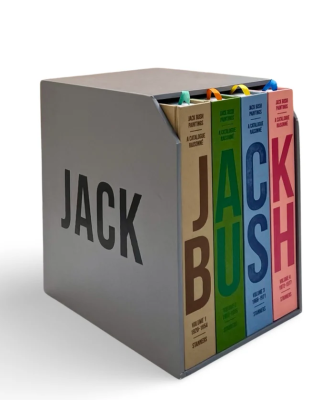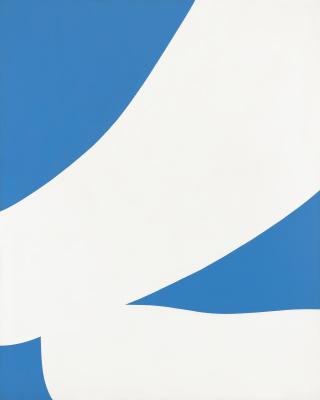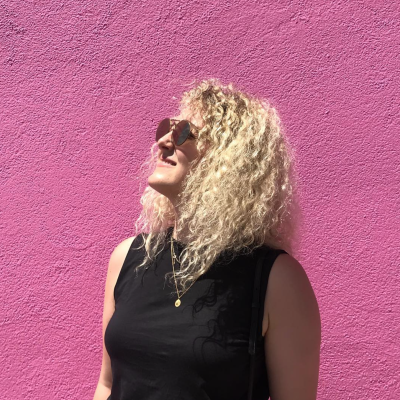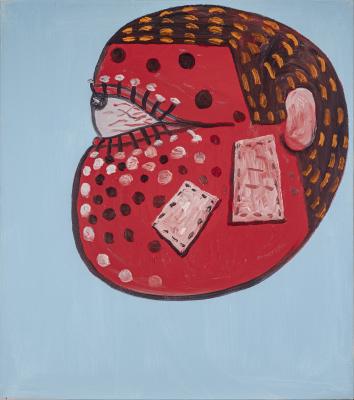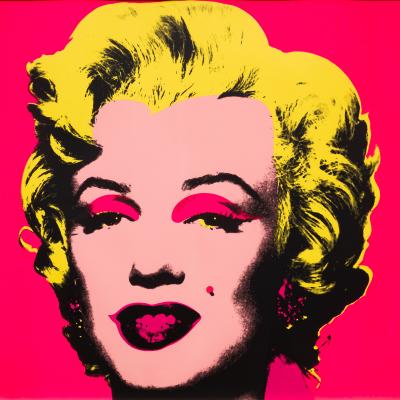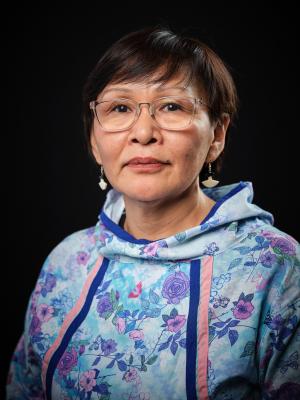A Line on Ellsworth Kelly
The painter's large canvas, featuring curvilinear shapes in two colours, is on view
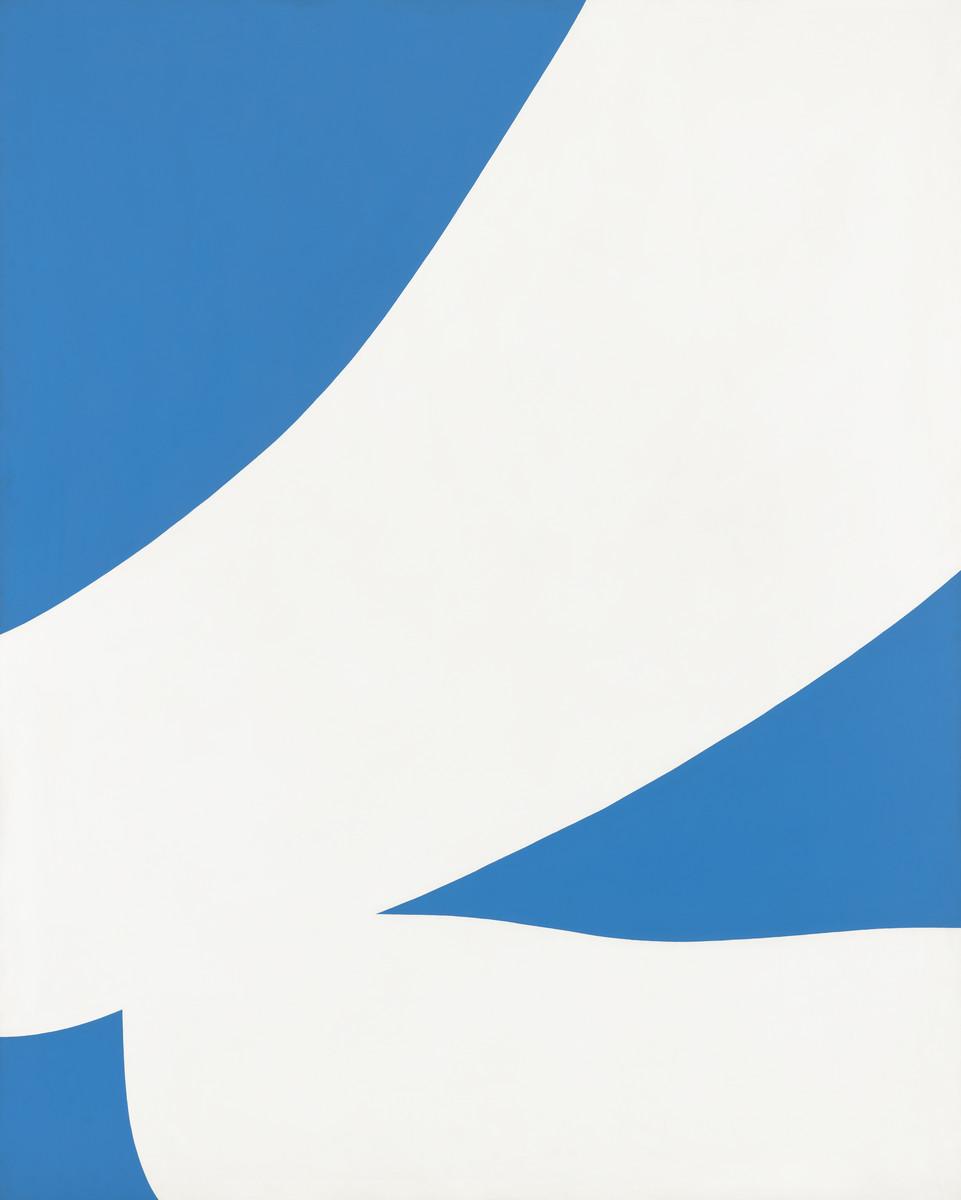
Ellsworth Kelly. White Blue, 1960. Oil on canvas, Overall: 215.9 x 172.7 cm. Gift from the Women's Committee Fund, 1963. © Ellsworth Kelly Foundation, Courtesy Matthew Marks Gallery.
Mid-way through Moments in Modernism, an exhibition currently on view at the AGO, in the space between Mark Rothko’s mystical colour forms and Alex Colville’s haunting vignettes, Ellsworth Kelly’s White Blue (1960) slides into view to steal your attention. A crisp large-scale canvas featuring curvilinear shapes in two colours – it reveals no trace of the artist's hand but bursts with energy and personality.
Kelly was a wholly original American artist (1923–2015), who spent seven decades creating art outside of any one school or movement, drawing, painting, sculpting, making frescos, and designing buildings. Kelly’s foundational influence is often thought to be Henri Matisse, whose work he encountered in Paris, following the Second World War. Although they never met, their shared love of organic forms, line and saturated colours, is evident in White Blue. While seemingly abstract, White Blue, like many of Kelly’s works, is rooted in nature, and is based on a drawing of an apple, its stem, and leaves, intensely enlarged. This distillation of form aligns them artistically, despite Kelly’s rejection of Matisse’s more gestural approach. This shared vision lasted his entire life. In 2014, towards the end of his life, Kelly curated a much-celebrated exhibition of Matisse drawings, shown alongside his own lithographs of plants.
White Blue is one of a group of two-colour paintings that Kelly created following his return to New York in 1954. Working nights at the post office, throughout the late 1950s and early 60s, Kelly was a resident of Coenties Slip, an artists’ community in lower Manhattan with dramatic views of the East River. Kelly was among many artists, including Robert Indiana, Lenore Tawney and Agnes Martin, who found community and studio space within these ramshackle waterfront warehouses.
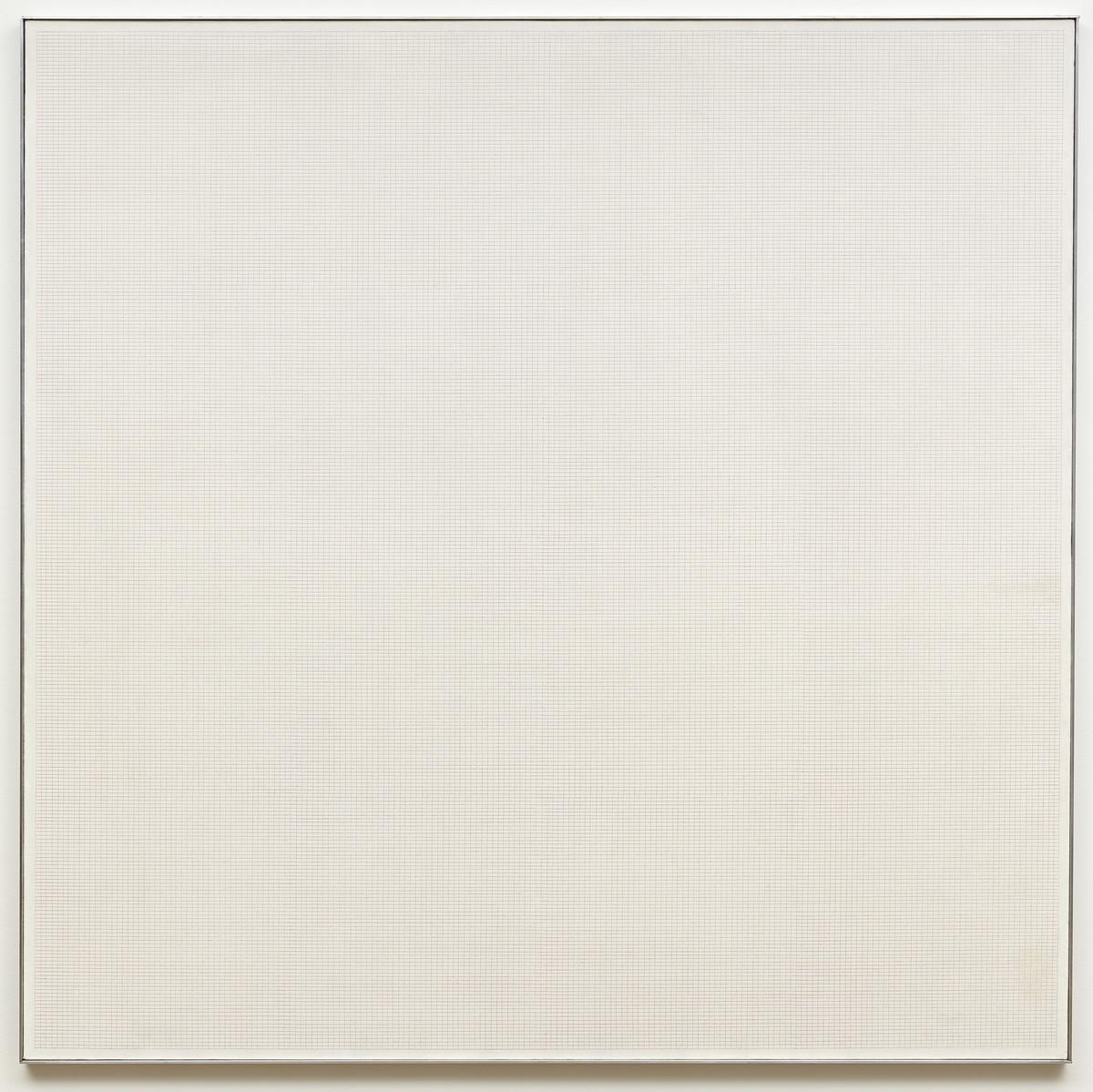
Agnes Martin. The Rose, 1964. Oil, red and black pencil, sizing on canvas, 182.6 x 182.7 cm. Art Gallery of Ontario. Purchase with assistance from Wintario, 1979. © Art Gallery of Ontario. 78/751
A foundational work in the AGO’s collection of twentieth-century art, White Blue was acquired in 1963, thanks to funds raised by the forward-looking Women’s Committee. AGO audiences were treated to even more Kelly the following year, when Clement Greenberg’s landmark exhibition Post-Painterly Abstraction arrived in Toronto. While Kelly’s work did not technically fit Greenberg’s rigid definition of abstraction, Greenberg championed Kelly’s unique execution and his use of high-impact colour, and included three works by Kelly in that exhibition.
White Blue is currently on view on Level 4 as part of Moments of Modernism. The exhibition is co-curated by Debbie Johnsen, Assistant Curator, Contemporary Art, and Stephan Jost, Michael and Sonja Koerner Director, and CEO.
